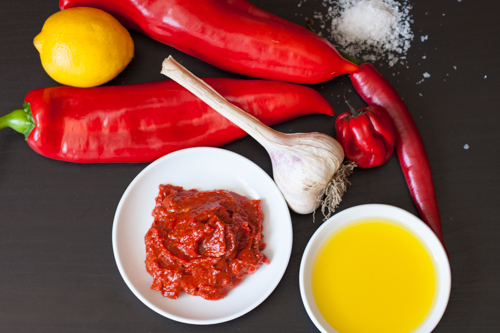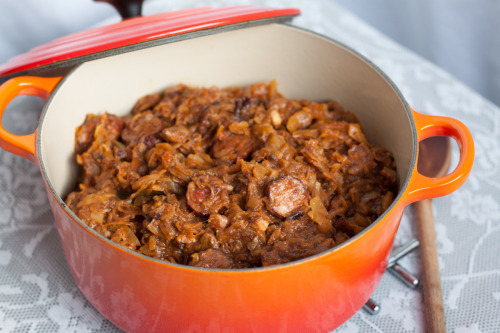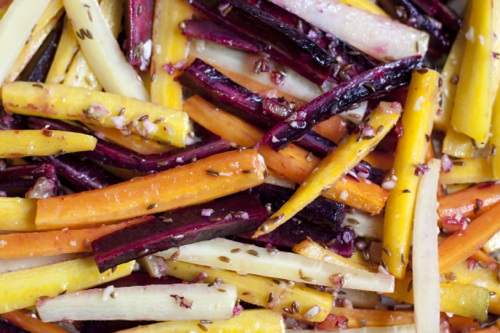Harissa
 Wednesday, July 19, 2017 at 9:04PM
Wednesday, July 19, 2017 at 9:04PM 
Harissa, if you haven’t discovered it yet, is a vibrant Middle Eastern condiment that can be added to many dishes to give them a zesty hit of sweet and spice and all things nice.
It goes particularly well with lamb. I often use it as a condiment alongside roast lamb, coated lamb chops in it, slathered it on burgers and my new favourite, in a bun with merguez sausage, mayo and rocket.
It can also work with chicken or a meaty fish, like monkfish or hake, so long as you are not too heavy handed. I love adding a tablespoon or two to a tomato-based stew, such as my chicken, chorizo and chickpea stew or albondigas. You can also stir it through mayonnaise or yogurt to give them a bit of a kick.



